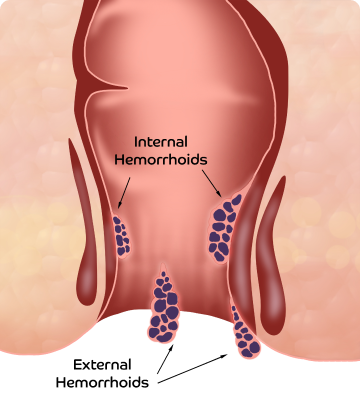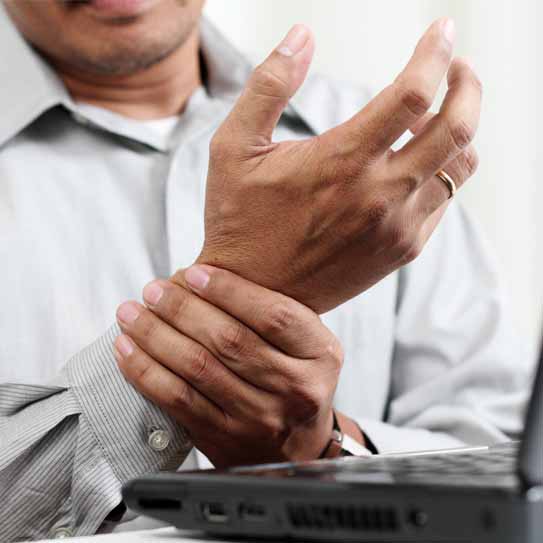What are the major risk factors associated with carpal tunnel syndrome?
Risk factors associated with carpal tunnel syndrome are:-
- People with small carpal tunnels hereditarily are more likely to get carpal tunnel syndrome.
- Women are three times more likely to get carpal tunnel syndrome, especially during pregnancy due to constant hormonal fluctuations.
- Patients between the ages of 40 and 70.
- Wrist injury including sprained and fractured wrists.
- Frequent exposure of hands to extreme temperatures.
- Medical conditions such as overactive pituitary gland, hypothyroidism, rheumatoid arthritis, diabetes, etc.
- Delayed complication of improperly managed Colles’ fracture.
- Repetitive movements of hands or wrists.
Physiotherapy for carpal tunnel surgery
After carpal tunnel release surgery, if the patient does not follow proper rehabilitation and physiotherapy, then the recovery will take much longer. Physiotherapy helps avoid the build-up of scar tissue in the operated region and opens up the tunnel in the wrist to allow proper wrist function. It also helps regain a complete range of motion for the wrist. In addition to physiotherapy, patients should also wear assistive devices such as thumb splints to encourage recovery.
Common carpal tunnel syndrome exercises to follow after carpal tunnel surgery are:
- Fingertip touching: Hold up your hand, with palm side up and touch your thumb with each fingertip in both directions to complete a full cycle. Perform this exercise 3 to 5 times.
- Wrist flexion and stretch: Extend your arm with the wrist flexed at a 900 angle. Pull the wrist back by the other hand. Hold this position for 10-30 seconds 5-6 times for each hand.
- Tendon gliding: Hold your hand straight up and bend your fingers at a 900 angle towards the first knuckle while keeping the fingers together. Then, bend them towards the second knuckle, then form a fist. Then open the hand and repeat the action 5-10 times.
List of Carpal Tunnel Syndrome Doctors in Firozpur-jhirka









.svg)









